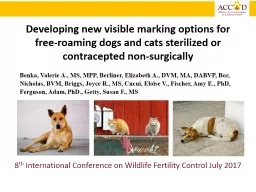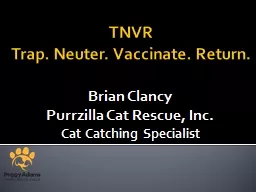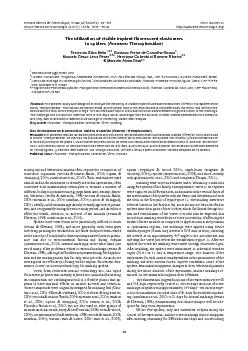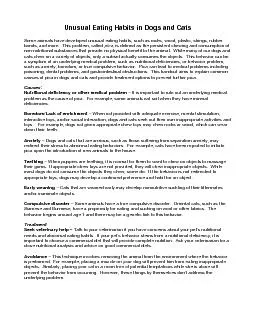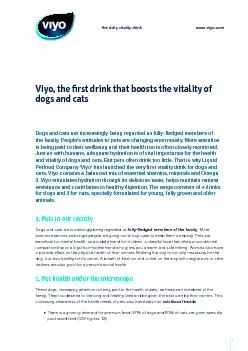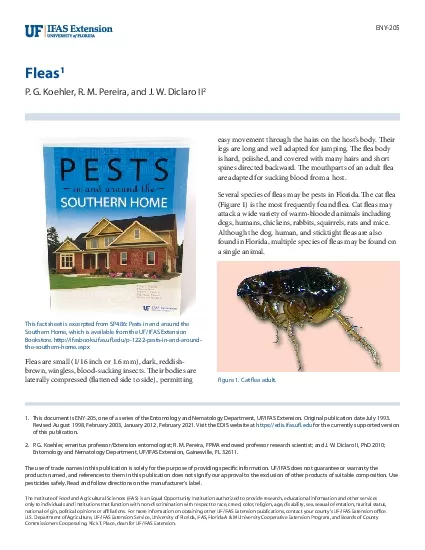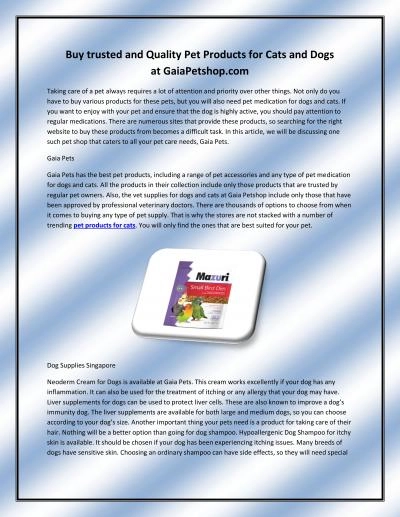PPT-Developing new visible marking options for free-roaming dogs and cats sterilized or
Author : acenum | Published Date : 2020-06-16
contracepted nonsurgically 8 th International Conference on Wildlife Fertility Control July 2017 Benka Valerie A MS MPP Berliner Elizabeth A DVM MA DABVP Bor
Presentation Embed Code
Download Presentation
Download Presentation The PPT/PDF document "Developing new visible marking options f..." is the property of its rightful owner. Permission is granted to download and print the materials on this website for personal, non-commercial use only, and to display it on your personal computer provided you do not modify the materials and that you retain all copyright notices contained in the materials. By downloading content from our website, you accept the terms of this agreement.
Developing new visible marking options for free-roaming dogs and cats sterilized or: Transcript
Download Rules Of Document
"Developing new visible marking options for free-roaming dogs and cats sterilized or"The content belongs to its owner. You may download and print it for personal use, without modification, and keep all copyright notices. By downloading, you agree to these terms.
Related Documents

